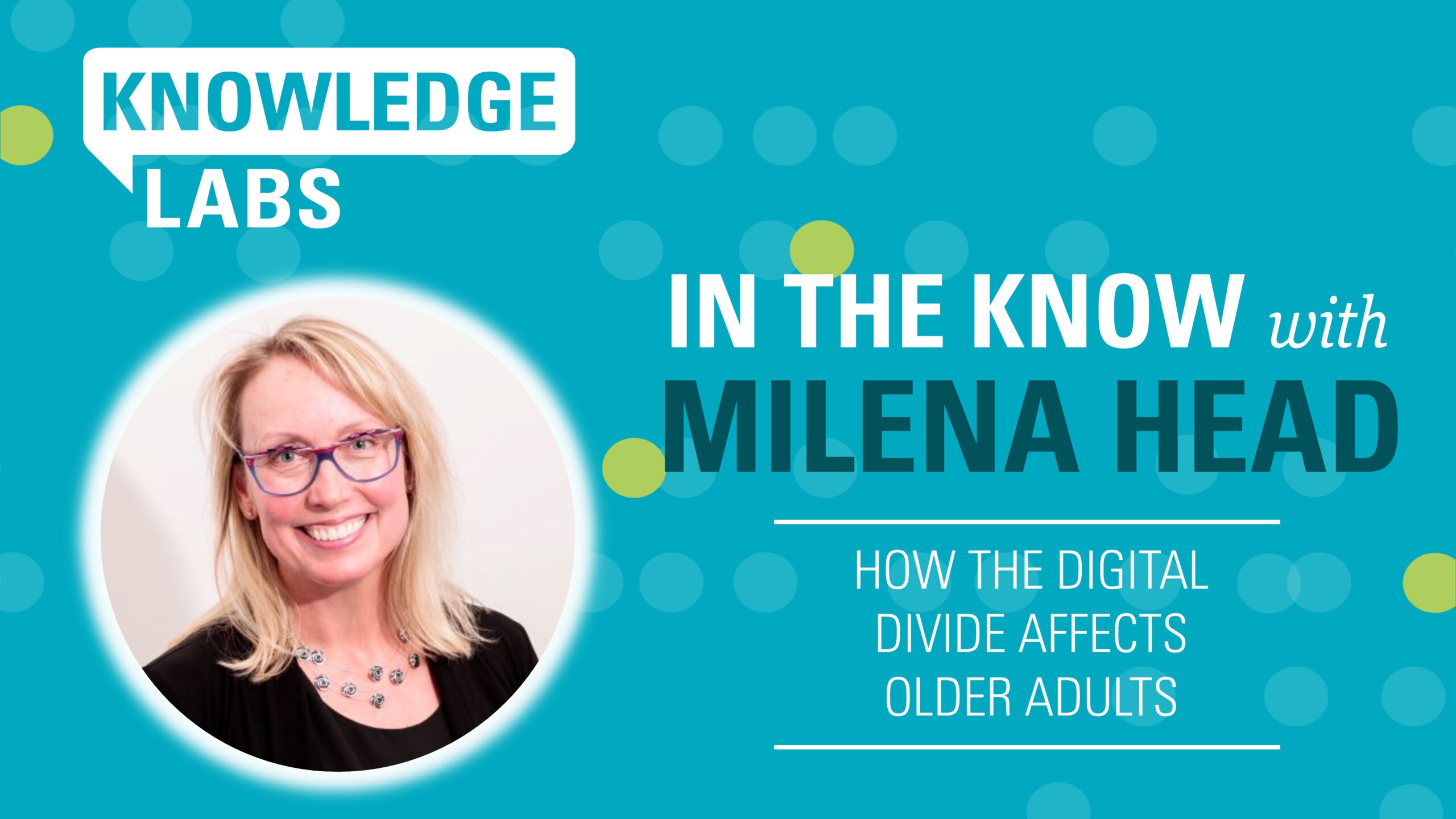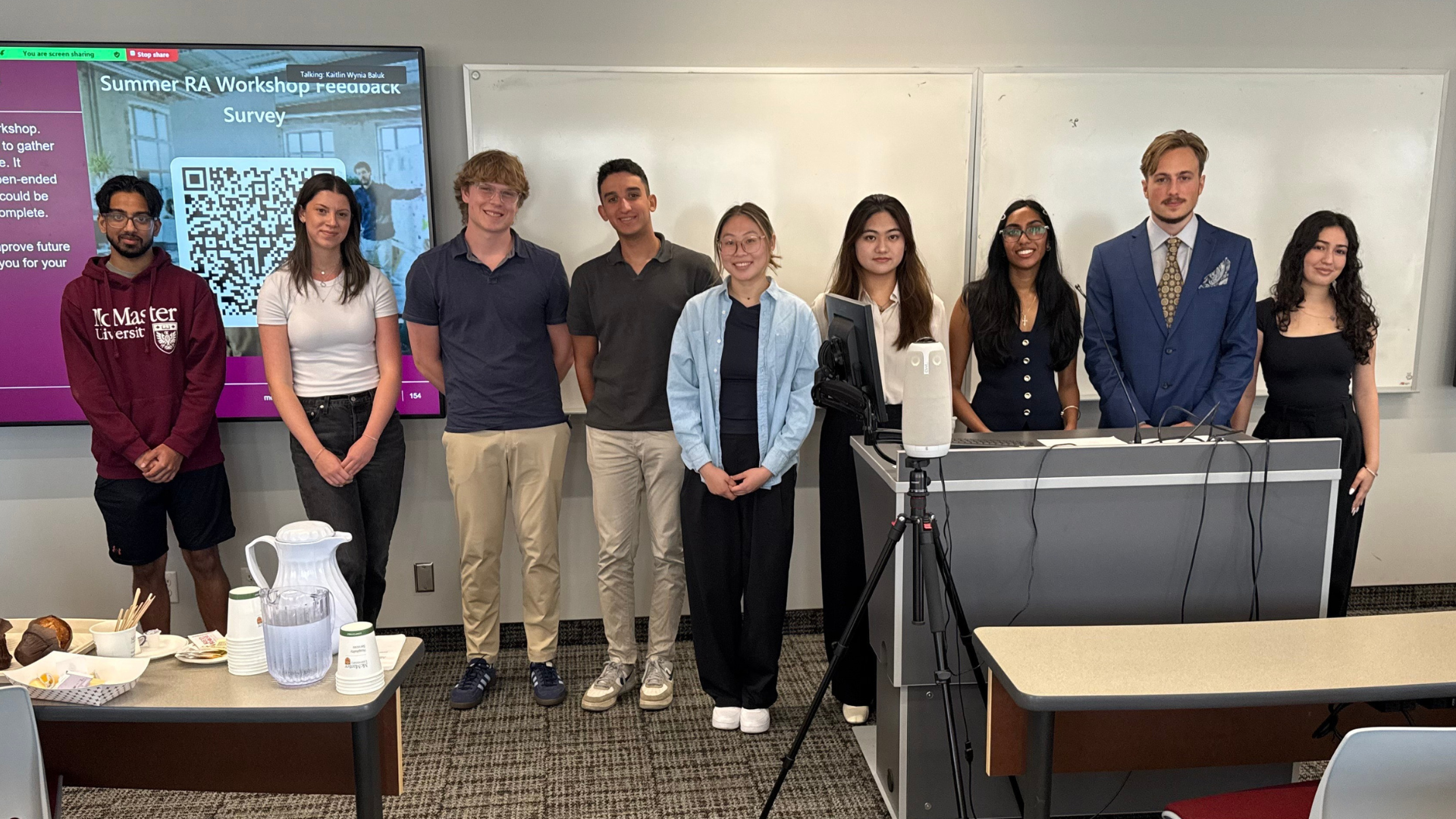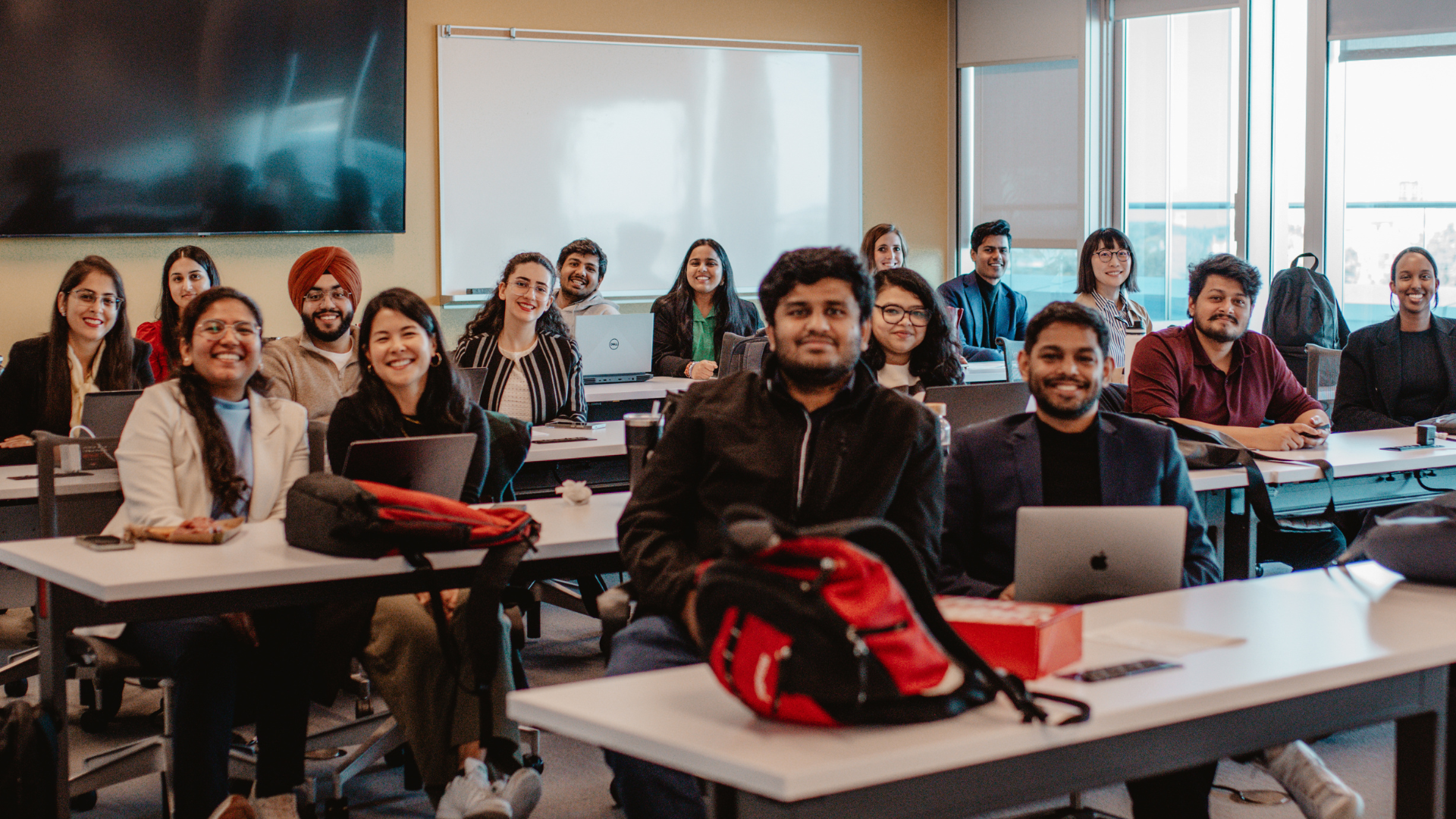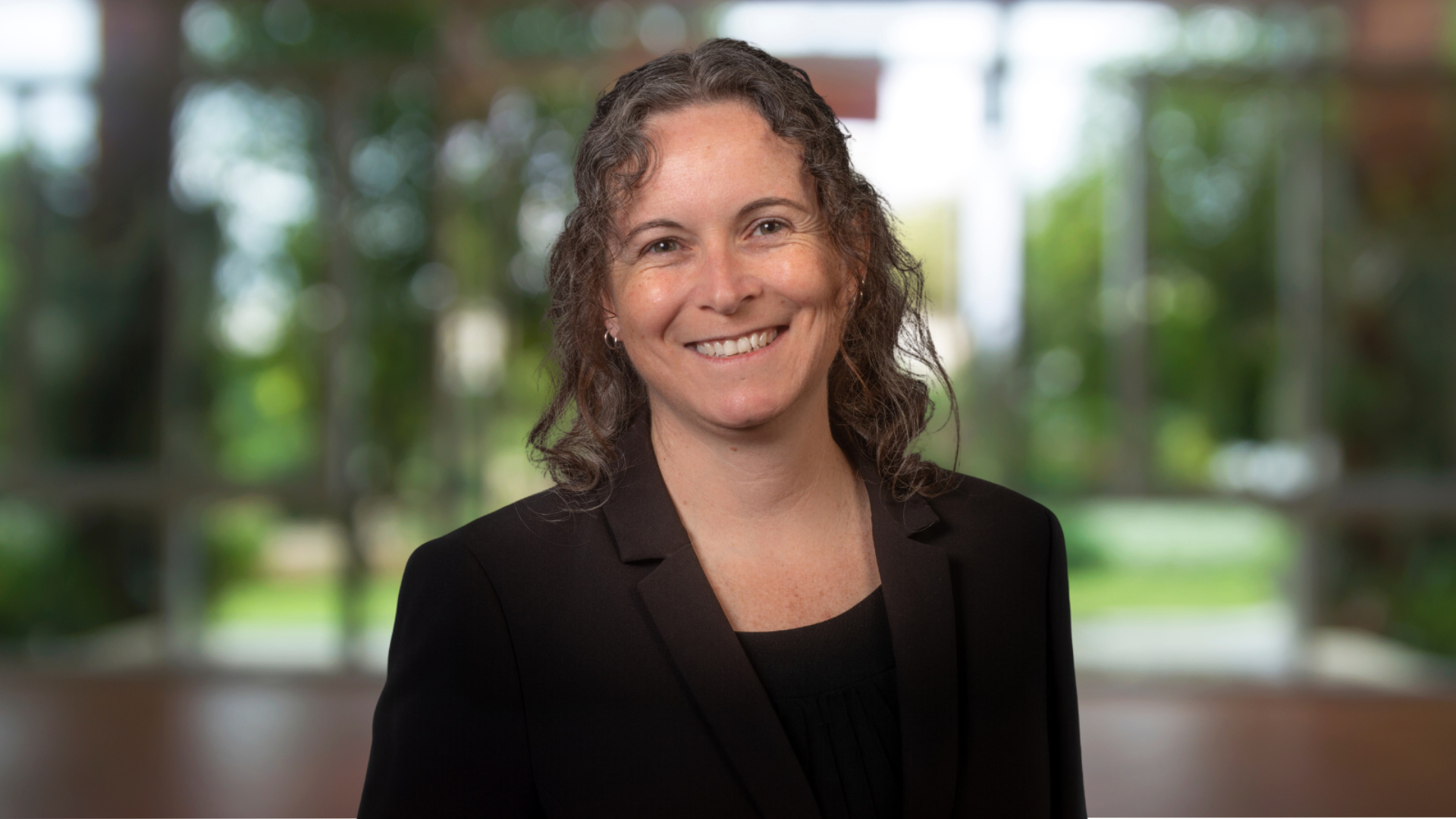How the Digital Divide Affects Older Adults | Knowledge Labs
January 11, 2022 ·
Contributed by: Milena Head, Professor, Information Systems

The Digital Divide is whether you can access technology like the internet or not. Professor Milena Head discusses how this divide affects older adults.
The Digital Divide is the difference between those who have access to technology, like the internet, and those who do not. The barriers to access include geographic and socioeconomic factors, but also include barriers in attitudes and skills. During the COVID-19 pandemic, this divide was especially felt by older adults. They had to quickly get comfortable with technology to maintain their networks. Unfortunately, cybercrime has skyrocketed during the pandemic, disproportionately affecting this age group.
How can this divide be overcome? Milena Head, Professor, Information Systems, discusses the various ways we can support and remove barriers to access.
When considering how the digital divide affects older adults, many factors come in to play. Natural declines in vision, motor skills, and short-term memory affect how this segment of the population interacts with technology.
Organizations have a responsibility to remove barriers for this segment of their customer base. Milena Head, Professor, Information Systems, discusses how business decisions can create barriers when it comes to technology and shares ideas to help lessen the digital divide.
Knowledge Labs: In the Know is a web series where experts from the DeGroote School of Business offer their insights into current affairs. Keep up with the series.
















